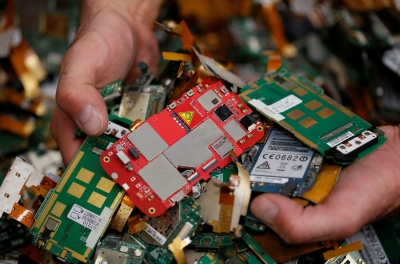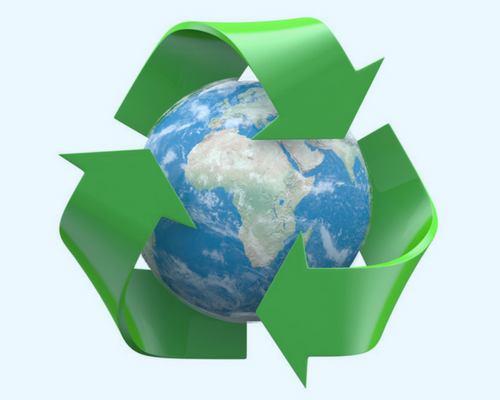HOW MUCH WASTE IS PRODUCED BY PHONES?

According to a report by Counterpoint, smartphones contribute to 12% of global e-waste. Smartphone production alone contributes 80-90% of carbon emissions by the device. Devices containing lithium-ion batteries (mostly smartphones) pose a significant risk to the environment.
A mobile phone has over 60 different metals, including rare earth metals that can contaminate soil and water if not disposed properly. Demand for mobile phones has increased mining activities for these metals, which adversely impact the environment at the extraction stage itself. They are listed as 'endangered metals', as they are available in limited quantities. Counterpoint estimated that about 6-7 kgs of high-grade gold ore are mined to make a single mobile phone.
India, the U.S., the U.K., China and Japan, are the highest e-waste generating nations. During the 2020-2030 decade, 40% more e-waste will be generated; the corresponding global e-waste recycling rate will be only 20%.
Some countries have been working towards reducing e-waste. Japan's first-of-its-kind initiative recycled e-waste to produce medals for the 2020 Tokyo Olympics. The U.K.'s Right to Repair legislation allows consumers to repair their electronic devices and requires manufacturers to supply the necessary parts. France's Repairability Index mandates a clear display of information on the repairability of electronics to encourage consumers to choose repairable products.
Picture Credit : Google
